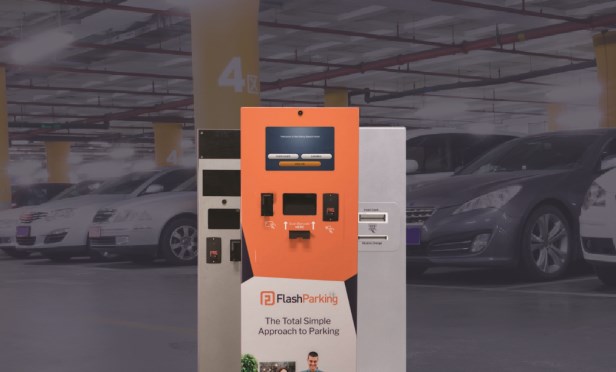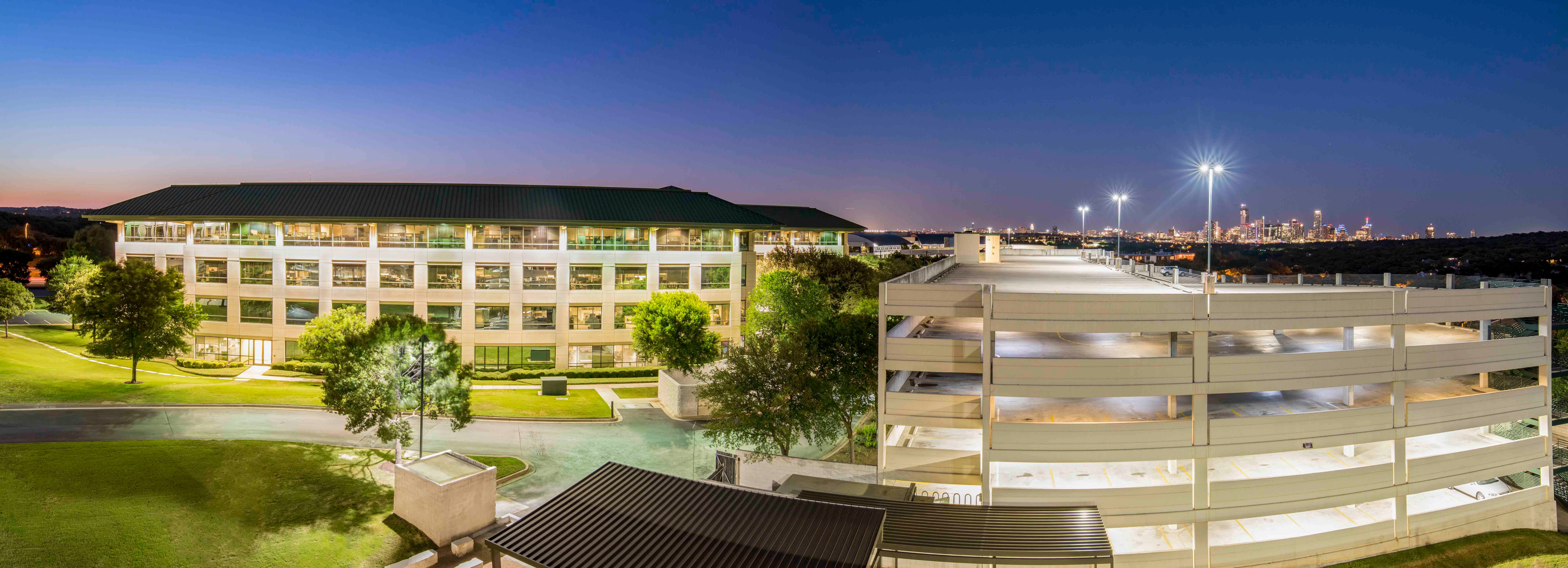 Apps such as FlashParking transition legacy parking assets to a connected mobility hub.
Apps such as FlashParking transition legacy parking assets to a connected mobility hub.
AUSTIN, TX—The percentage of global city dwellers today is 55%, a number that is expected to increase to 68% by 2050. While urban migration patterns increase populations in metropolitan areas around the world, and cities become hubs of business, technology and culture, expansion is restricted by deteriorating infrastructure and declining surface capacity.
Urban areas are experiencing an evolution from the previous model of disjointed transportation and navigation to intelligent mobility systems. But, in this emerging environment, municipalities and owners/operators of legacy parking assets face myriad risks and opportunities. Operating a constantly changing system within stagnant city infrastructures means parking facility owners risk loss of business and revenue. Without the foundations to support growth in other parts of the transportation industry, outdated infrastructures will become obsolete. In addition, stagnation may come at great cost to the health and safety of urban society.
While the emergence of mobility technologies has the potential to invigorate economies and deliver benefits to society, the physical and digital infrastructures necessary to support this transition are largely absent. For example, the widespread adoption of ride-hailing services has contributed to gridlock and more pollution, while having a negative impact on parking operations and costs.
And, the inability thus far of existing parking lots and garages to be repurposed to accommodate rideshare services (Uber, Lyft) and micromobility technologies (Bird, Lime, Jump) is restricting growth and infringing on quality of life in US cities. Similarly, while innovations such as autonomous vehicles would seem to mesh well with existing structures, parking asset owners have not implemented management or business systems to realize revenues from them.
In addition, as electric cars become commonplace, the need for charging stations is rising too. Many garages today sport a small number of standard charging spaces, but as the demand increases, supply will need to as well. In urban areas where garages are abundant, the availability of charging stations can be a critical point of difference that draws customers towards a particular garage over another.
Introducing charging stations for micro-mobility technologies would help to eliminate the devices from streets and sidewalks when not in use. In addition, this feature would provide micro-mobility companies with consistent charging and docking space, and reducing powering costs as well as the number of discarded and abandoned devices. For traditional parking asset owners and operators, serving charging needs for electric vehicles and micro-mobility technologies can prove to be a substantial source of revenue with excellent growth prospects.
Evolving into a new age of mobility will require cities and private entities to upgrade existing transportation infrastructures, leverage data to balance supply and demand, and incorporate technology into smarter city and mobility planning. In order to be a part of this transition, traditional parking assets such as garages and lots must extend service offerings, improve technology platforms and change business models.
By embracing new technologies and transforming certain aspects of facilities, management systems and business practices, asset owners and parking operators will play a leading role in the future urban transport and navigation ecosystem. The multimodal transport and delivery model calls for a swift transition from traditional assets such as single-function garages and lots to interconnected infrastructures with high-level data intelligence and smart user experience design.
FlashParking headquartered in Austin is at the forefront of this technology transformation. Its solution is transitioning the parking industry from legacy assets to a connected mobility infrastructure. With mobility in mind, FlashParking has strategically architected a series of solutions to deliver everything from parking to connected mobility hubs.
"We are seeing a very different type of parking occupancy since 2012 and 2013," Jeffrey Johnson, vice president of enterprise solutions with FlashParking, tells GlobeSt.com. "Through our cloud-based app, we work through our integration partners such as SpotHero, Arrive, EVgo and Ride Kleen to offer this parking service."
Johnson says FlashParking has 1,200 US locations and plans to roll out in Canada in first quarter 2020.
© Touchpoint Markets, All Rights Reserved. Request academic re-use from www.copyright.com. All other uses, submit a request to [email protected]. For more inforrmation visit Asset & Logo Licensing.







